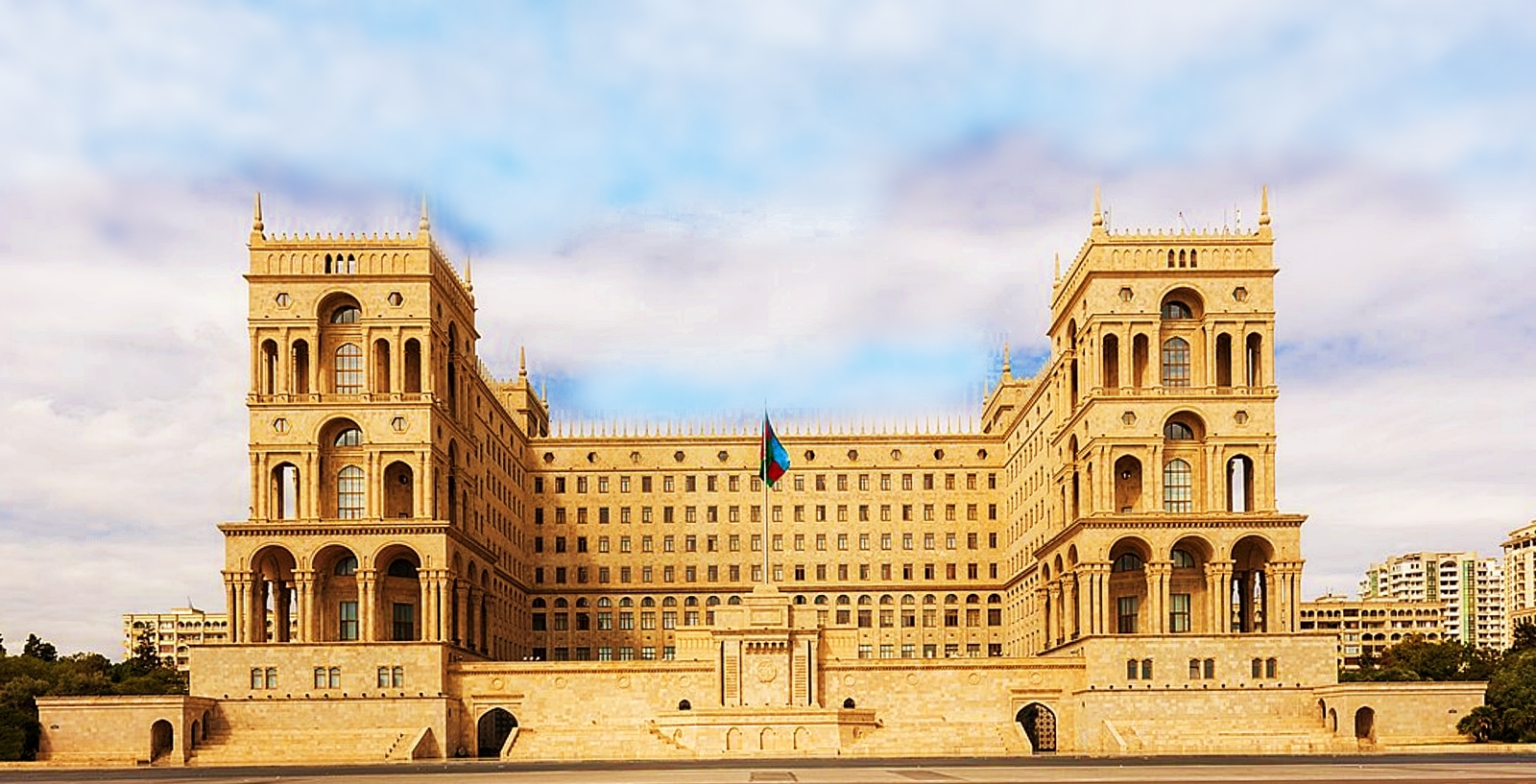Visit Azerbaijan: The Land of Fire
Azerbaijan, which refers to itself as the “Land of Fire,” is a country that has undergone an incredible transformation from a war-torn post-Soviet to an oil-rich host of Formula 1 and Europa League soccer. It is a labyrinth of contrasts and a crossroads of ancient historical empires. The cosmopolitan capital, Baku, is located on a relaxing harbour of the Caspian Sea and features spectacular 21st-century architecture all around its historic, Unesco-listed centre. In the neighbouring semi-desert, there are unexplained fire phenomena and mud volcanoes. The Great Caucasus Mountains rise majestically behind timeless rural settlements that are only three hours’ drive away.

After being long ignored by tourists, Azerbaijan is now beginning to draw travellers due to the country’s new visa requirements, inexpensive accommodations, and densely packed variety of stunning landscapes. Asia and Europe contradict in this exhilaratingly rangy, breathtakingly beautiful, and culturally varied place with frequently unforeseen sights.
Table of Contents
Stunning Landscapes
The Talysh Mountains in Azerbaijan and the Lesser Caucasus in Georgia and Armenia each have their distinct splendours. The idyllic fields, vineyards, and forests, as well as the dry semi-desert, rocky gorges, and even some attractive beaches, may all be found at lower altitudes. Modern ski resorts are open in all three countries, while Georgia offers rafting and paragliding in addition to the opportunity to climb Mt. Kazbek and other cliffs. Explore the various caves in Armenia or the Caspian hinterland of Azerbaijan, which is home to mud volcanoes and even water that catches fire.
The area is dotted, with ancient forts, monasteries, cathedrals, and ruins. History aficionados can distinguish Bagratids from Bolsheviks, and the larger cities in the region are home to some top-notch museums, gorgeous galleries, and a powerful theatrical legacy. Enjoy it all while appreciating warm hospitality, delicious food prepared with organic ingredients, and revived wines from the birthplace of viticulture.
The Great Caucasus
The Great Caucasus, a large mountain range that divides Russia from the South Caucasus, spans from the Black Sea to the Caspian Sea and offers the most breathtaking scenery in the area with its series of spectacular peaks flanked by verdant river valleys and incredibly lovely villages. Ravaged forts, watchtowers, and historic churches are frequently located in heartbreakingly picturesque sites along the wonderful walking and riding trails that wind through the mountainous regions. While day hikes are fantastic in every country, the Svaneti, Kazbegi, and Tusheti districts of Georgia, located high in the Great Caucasus, are particularly well-suited for more extended village-to-village treks.
Azerbaijan Tea Culture
In Azerbaijan, there are several traditions, some of which vary from region to region. One of the country’s old customs is serving tea to visitors. Instead of adding sugar to their tea, Azerbaijanis typically prefer to dunk a piece of sugar into it, bite off a piece and then drink their tea. It is seen as a sign of hospitality to serve tea right before the main course together with various jams, sweets, and fruit desserts.
Lemon is a necessary component of the tea table, and hot tea is served, in mugs or Armudi pear-shaped glasses. An Armudi Glass illustrates the tea ceremony. The procedure of boiling the water is crucial to the making of tea. Fresh samovar tea has a distinct flavour and aroma because Samovars are metal containers used to boil water. In Azerbaijan, you will find tea at all ceremonies, be it weddings or funerals. Whether tea is sweet or sugarless reveals the choice!
Where Europe Meets Asia
Despite being a very small region, the South Caucasus contains extremely diverse countries, ethnically separate breakaway republics, and other peculiarities all within a space. At these crossroads of civilizations, where Europe and Asia converge, the proudly unique local cultures have assimilated over the centuries the influences of Russia, Iran, Turkey, and Central Asia. Despite the three decades of rapid change after the fall of the Soviet Union, social attitudes here are still conventional, and family networks are still sovereign.
The South Caucasus’s ever-improving tourism infrastructure may appear modest but visit before these old regions lose their rugged charm.



